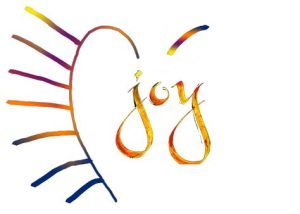Learning, our ability to learn, is one of our defining human qualities, but the presence of trauma and harm severely constrain that ability. Introducing joy into our teaching practice is one way to counter these impacts, and create a different experience of learning. Cultivating joy demands that we become better learners ourselves, acknowledge and understand educational violence and trauma, and commit to transforming cycles of harm in our classrooms. There are many, many ways to address that harm, but they are insufficient until we both acknowledge that harm is happening, and commit to reducing harm to the best of our ability.

While no one person is capable of addressing the enormity of historical, systemic, cultural wounds, we can bring our full and expansive capacity as humans to our teaching practice. In my own practice, I value autonomy, growth, generosity, exploration, and complexity, weaving them together in ways that prioritize relationship, extend dignity, and shape equitable, joyful learning experiences. In a system that is, at times, actively hostile to these values and practices, I find joy in discovering ways to incorporate each of them in every aspect of who I am, how I am present, and the content I share.
My experience as an adult educator has taken me into almost every type of adult learning environment, to work with an incredible diversity of learners. In that time, I have used a wide variety of of teaching strategies, methods, and tools including mapping content to course outcomes, using UDL and Accessibility best practices, building in options for different learning styles, needs, and preferences, centering diverse voices and perspectives, and offering flexibility around assessment.
All of my experience, my philosophy, the strategies, tools, and methods, are intended to increase students’ confidence in their own ability to learn, and cultivate joy in that learning.